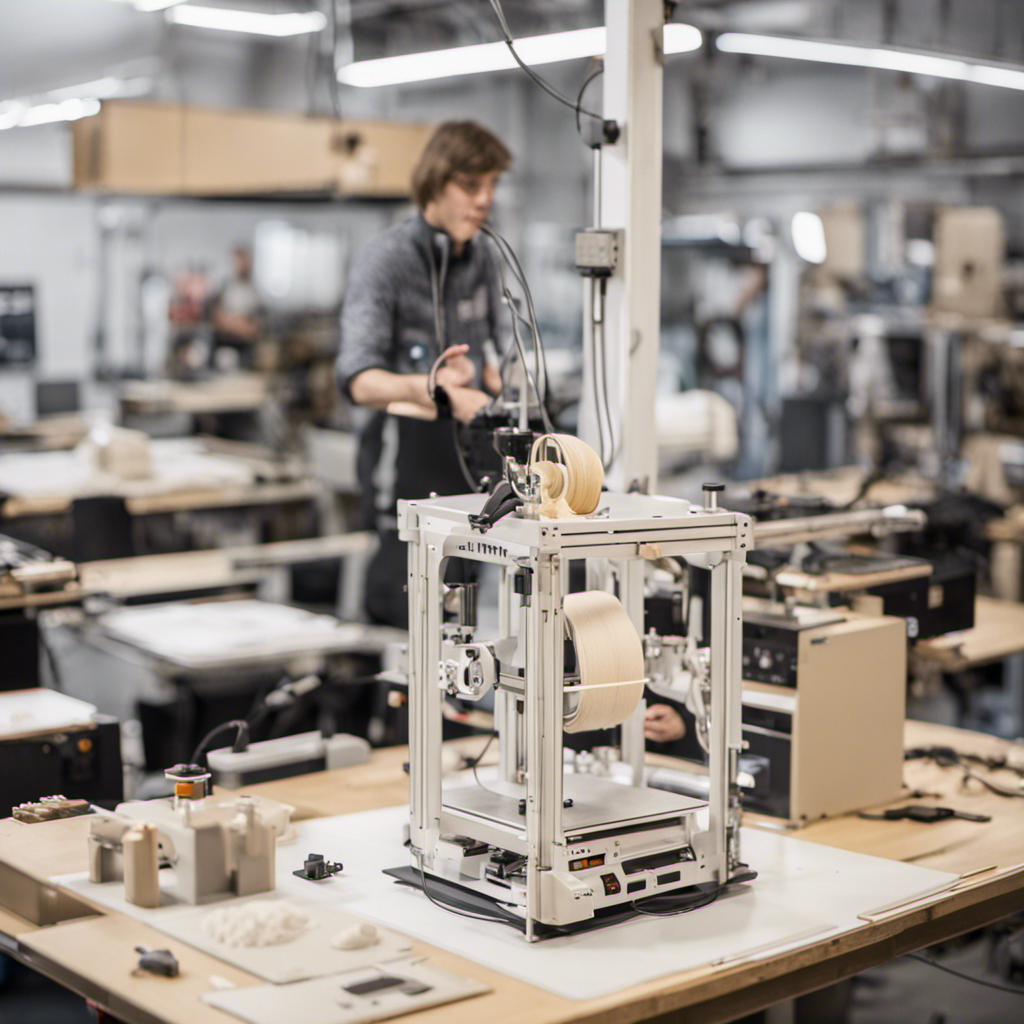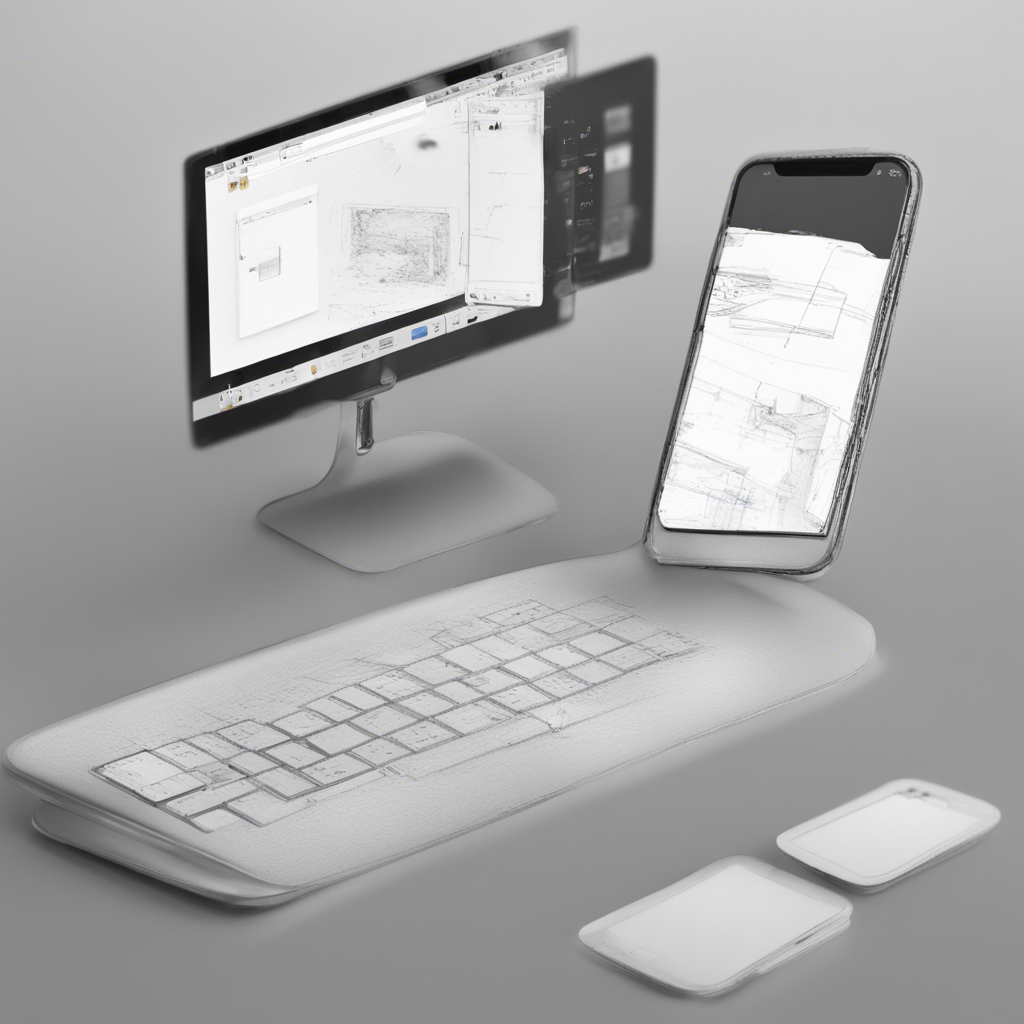
Are you interested in the fascinating world of 3D printing but not sure where to start? Look no further! In this comprehensive beginner’s guide, we will walk you through the basics of 3D printing, from understanding the technology to choosing the right printer for your needs.
What is 3D Printing?
3D printing, also known as additive manufacturing, is a revolutionary process that enables the creation of three-dimensional objects from digital designs. Unlike traditional manufacturing techniques that involve subtracting or molding materials, 3D printing builds objects layer by layer, making it highly versatile and precise.
A Brief History
Although 3D printing has gained immense popularity in recent years, the technology itself dates back to the 1980s. The first 3D printer was invented by Chuck Hull, who developed a process called stereolithography. Since then, 3D printing has evolved rapidly, with advancements in materials, printers, and software.
How Does 3D Printing Work?
The 3D printing process involves several key steps:
- Design: Start by creating a digital 3D model using computer-aided design (CAD) software or downloading existing designs from online repositories.
- Slicing: The 3D model is sliced into numerous thin layers using slicing software. This step determines the printer’s path and layer thickness.
- Material selection: Choose the appropriate material for your print. Plastics like PLA and ABS are commonly used, but there are also options for metals, ceramics, and even food.
- Printing: The sliced layers are sent to the 3D printer, which heats the material and deposits it layer by layer, gradually building the object.
- Post-processing: Once the printing is complete, remove support structures if necessary and perform any additional finishing processes like sanding or painting.
Types of 3D Printers
There are several types of 3D printers available, each with its own advantages and limitations. The most common types include:
-
Fused Deposition Modeling (FDM): FDM printers work by extruding melted filament through a nozzle, which moves along the X, Y, and Z axes to create the object layer by layer. FDM printers are affordable and user-friendly, making them a popular choice for beginners.
-
Stereolithography (SLA): SLA printers use a liquid resin that solidifies when exposed to a specific wavelength of light. This type of printer produces highly detailed and precise prints, making it ideal for intricate models and jewelry.
-
Selective Laser Sintering (SLS): SLS printers utilize a laser to sinter powdered material, usually nylon or other thermoplastics. SLS is known for its versatility and ability to create complex geometries but can be more expensive.
-
Digital Light Processing (DLP): DLP printers function similarly to SLA printers but use a digital projector to cure the resin instead of a laser. DLP printers offer fast print speeds and can produce high-resolution prints.
Choosing the Right 3D Printer
When selecting a 3D printer, consider the following factors:
-
Budget: Determine how much you are willing to invest. Entry-level FDM printers are more affordable, while industrial-grade printers can cost several thousand dollars.
-
Intended Use: Consider your intended applications. If you’re interested in creating functional parts or prototypes, choose a printer with higher accuracy and strength. For artistic or educational purposes, a lower-cost option may suffice.
-
Printing Size: Check the printer’s build volume to ensure it can accommodate the size of objects you intend to print. Larger build volumes offer more flexibility.
-
Ease-of-Use: Evaluate the printer’s user-friendliness, especially if you’re a beginner. Look for features like touchscreen interfaces and straightforward software.
-
Community and Support: Research the manufacturer’s reputation, online communities, and availability of technical support. Having a strong support network can be invaluable for troubleshooting and learning.
Resources and Learning Materials
As a beginner, there are various resources available to help you get started and enhance your 3D printing skills. Here are a few recommendations:
-
Online Communities: Join forums and communities like r/3Dprinting on Reddit or the 3D Printing group on Facebook to connect with fellow enthusiasts, ask questions, and find inspiration.
-
YouTube Channels: Subscribe to channels like Thomas Sanladerer and CHEP for in-depth tutorials, troubleshooting guides, and reviews of different printers and filaments.
-
Online Courses: Platforms like LinkedIn Learning and Coursera offer beginner-friendly courses that cover the fundamentals of 3D printing.
Conclusion
With this beginner’s guide, you should now have a solid understanding of the foundations of 3D printing. Remember to start with small projects and gradually expand your knowledge and skills. As you become more experienced, you’ll unlock the full potential of this incredible technology. Happy printing!
This blog post is for informational purposes only and does not constitute professional advice. All product names, logos, and brands are property of their respective owners. References to third-party sources are provided for informational purposes only and do not imply endorsement or affiliation.






